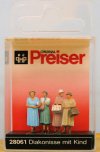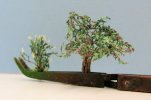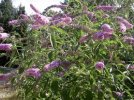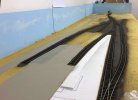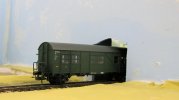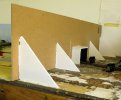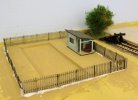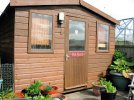Tim Hale
Western Thunderer
The small garden is part of the farmhouse, the original was at least 14 years old and used on at least two previous layouts. It has been extended to include the base for the farmhouse and the long grass was looking rather threadbare. There is some further work needed, the washing line will be given some clothes and the entire scene will be weathered.
Tim
Last edited:

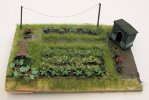
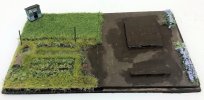
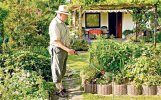
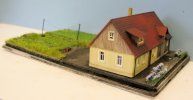
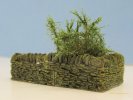
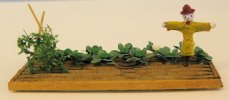
 !
!